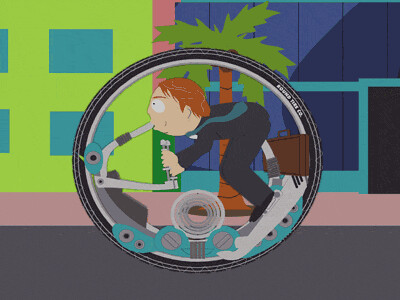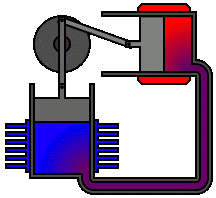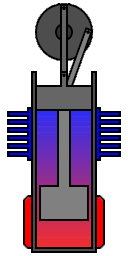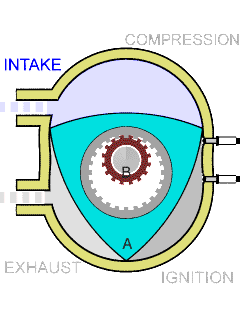
Oh wait, some people already did:
or

Whis is from MIB III

and the McLean Wheel:
I love bookmarking interesting real scientific discoveries, pseudo science with real possibility of debunking real science and paranormal science. Oh, there will be monsters, as I love monsters








